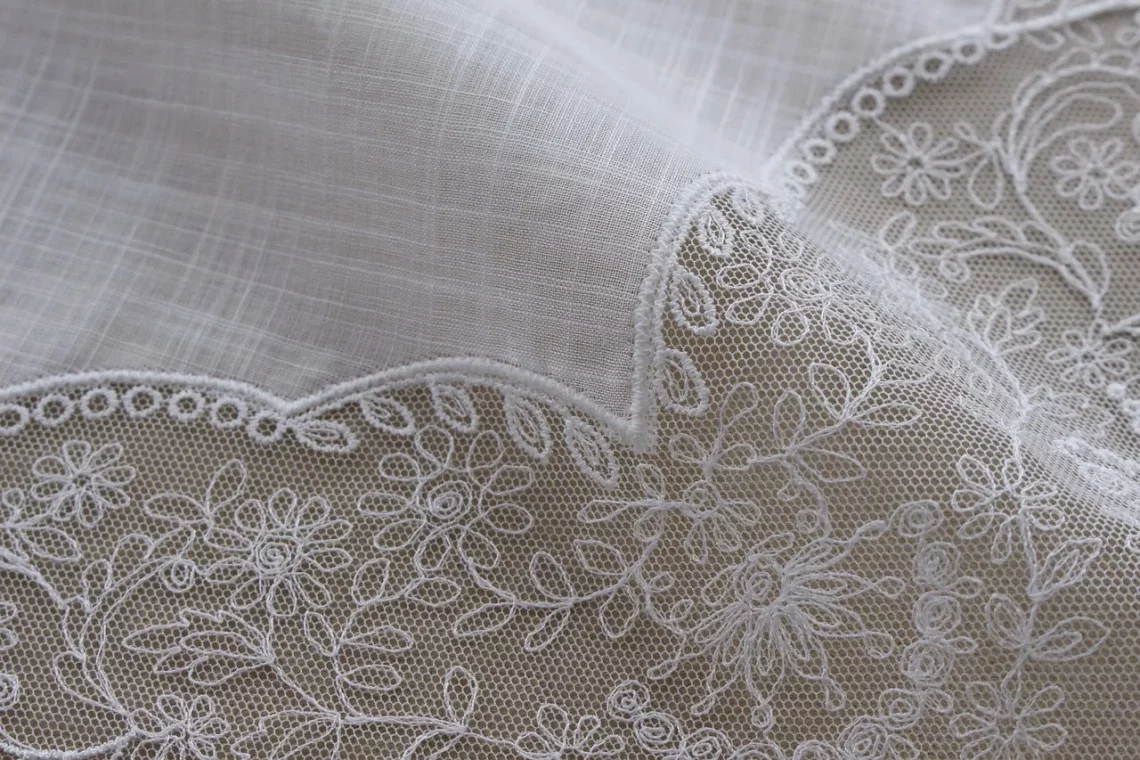
Essential Guide to Choosing the Perfect Dress Shoe Laces
Choosing the right dress shoe laces may not seem like a priority when it comes to your overall outfit, but these seemingly small details can significantly impact your style and comfort. The perfect pair of laces can enhance not only the aesthetic appeal of your shoes but also their functionality. From formal occasions to casual outings, the right laces can elevate your look and provide the necessary support for your feet.
Dress shoes are often viewed as a staple in a gentleman’s wardrobe, and the choice of laces can reflect personal style and attention to detail. Whether you prefer classic leather shoes, trendy oxfords, or modern loafers, the right laces can complete your ensemble. Additionally, the material, length, and color of the laces can create different vibes, making it essential to consider your options carefully.
As fashion trends evolve, so do the choices available for shoe laces. Understanding the various factors that come into play when selecting laces can help you make an informed decision. The right laces not only complement your shoes but also contribute to your overall comfort and fit. Thus, investing the time to choose the perfect dress shoe laces is a worthwhile endeavor that can pay off in both style and comfort.
Understanding Lace Types and Materials
When it comes to choosing dress shoe laces, understanding the different types and materials can significantly influence your decision. Laces come in various shapes, sizes, and fabrics, each serving a unique purpose. The most common materials include cotton, polyester, leather, and nylon. Cotton laces are soft and durable, making them a popular choice for many dress shoes. They are often available in a wide range of colors, allowing for customization to match your shoes or outfit.
On the other hand, polyester laces are known for their strength and resistance to wear and tear. They tend to hold their shape better over time, making them a practical option for those who want longevity in their footwear. Leather laces, while less common, provide a sophisticated touch to formal shoes. They can be a bit more challenging to maintain but add an elegant flair that complements high-end footwear.
Nylon laces are generally more flexible and lightweight, which can make them a comfortable option. However, they may not provide the same level of style as leather or cotton alternatives. It’s essential to consider the type of shoe you are pairing with the laces. For example, a classic Oxford might look best with leather or cotton laces, while a more casual shoe could pair well with nylon.
Additionally, lace thickness is an essential factor to consider. Thicker laces can offer a bolder look, while thinner laces may provide a more refined appearance. The choice often boils down to personal preference and the overall style of the shoe. Experimenting with different materials and thicknesses can help you find the combination that works best for you.
Choosing the Right Length
The length of your shoe laces can make a significant difference in both functionality and appearance. Selecting the right length is crucial to ensure a proper fit and aesthetic. Laces that are too short can lead to discomfort and difficulty in securing your shoes, while excessively long laces can create a messy look and may pose a tripping hazard.
To find the correct lace length, consider the number of eyelets on your shoes. Generally, the more eyelets your shoes have, the longer the laces should be. As a rule of thumb, shoes with two or three eyelets typically require laces that are around 30 inches long, while shoes with four to five eyelets may need laces that are 36 to 45 inches long. For shoes with more than five eyelets, you might want to look for laces that are 54 inches or longer.
Keep in mind that different styles of lacing can also affect the length you need. For instance, if you prefer a crisscross pattern, you might require slightly longer laces than if you choose a straight lacing method. It’s also essential to consider how you like to tie your laces. If you prefer a double knot for extra security, a little extra length can be beneficial.
When purchasing laces, always check the packaging for recommended lengths based on the number of eyelets. This information can guide you in making the right choice. If you’re unsure, it’s often better to err on the side of longer laces, which can be adjusted as needed.
Color Coordination and Style
Color coordination is a crucial aspect of selecting dress shoe laces. The color of your laces can either complement or clash with your shoes and outfit, making it essential to pay attention to the overall color scheme. Neutral colors like black, brown, and navy are versatile choices that can match a variety of shoe styles and outfits. However, if you’re feeling adventurous, don’t shy away from experimenting with bolder colors or patterns.
When choosing lace colors, consider the primary color of your shoes. For classic leather dress shoes, matching the lace color with the shoe color can create an elegant and cohesive look. For example, dark brown shoes often pair well with dark brown laces, while black shoes look great with black or even dark gray laces.
If you wish to add a pop of color to your ensemble, consider contrasting laces that can act as a statement piece. Bright colors or unique patterns can be a great way to express your personality while still maintaining a polished appearance. Just be cautious with this approach; ensure that the colors complement your overall outfit without overwhelming it.
Another option is to match your laces with your accessories, such as your belt, tie, or pocket square. This can create a harmonious look that ties your outfit together. Remember, balance is key, so aim for a cohesive color palette that reflects your personal style while remaining appropriate for the occasion.
Maintenance and Care for Dress Shoe Laces
Proper maintenance of your dress shoe laces can extend their lifespan and maintain their appearance. Depending on the material, laces may require different types of care. Cotton and polyester laces can typically be cleaned with a damp cloth or sponge. If they become particularly dirty, you can soak them in soapy water, then rinse and air-dry them.
Leather laces, however, require a bit more attention. It’s essential to clean them with a leather cleaner specifically designed for this purpose to avoid damaging the material. Conditioning leather laces can help keep them supple and prevent cracking. Additionally, avoid exposing leather laces to excessive moisture, as this can lead to warping and deterioration.
When it comes to storage, avoid tying your laces too tightly when not in use, as this can cause them to lose their shape. Instead, keep them loosely tied or untied and stored in a cool, dry place. If you have multiple pairs of laces, consider organizing them in a way that allows you to easily access and select the pair you need for your shoes.
Additionally, if you notice any fraying or damage, consider replacing your laces rather than trying to repair them. Worn laces can detract from the overall appearance of your shoes and may not provide the support you need. Investing in quality laces and maintaining them properly can enhance your footwear experience for years to come.
In conclusion, selecting the perfect dress shoe laces involves understanding the types and materials available, choosing the right length, coordinating colors with your outfit, and maintaining them properly. By paying attention to these details, you can elevate your style while ensuring comfort and functionality in your footwear.
Please note that this article is not intended as medical advice and should not replace professional guidance. If you have health concerns, always consult with a qualified healthcare provider.




